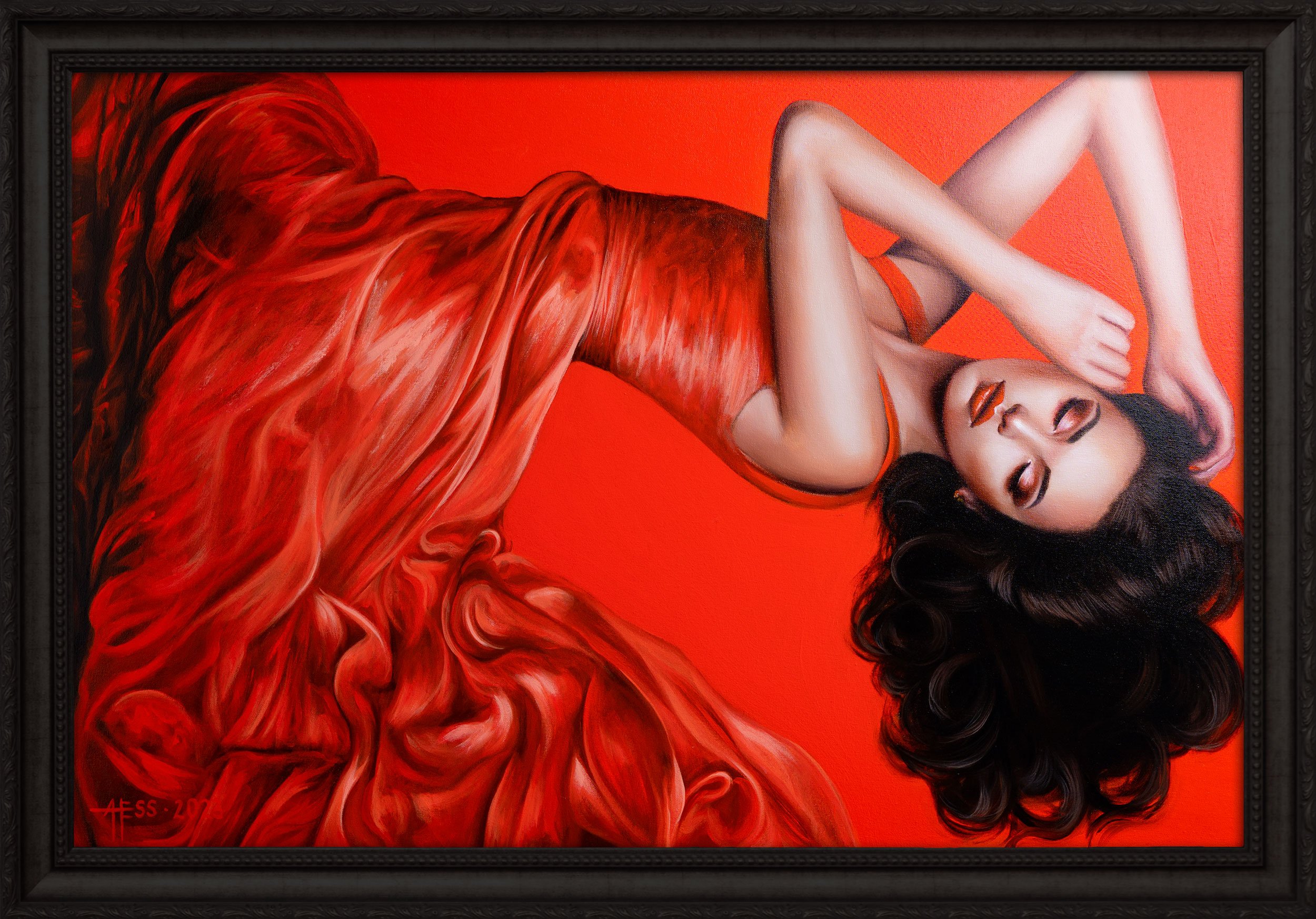The Acrylic Conundrum: Navigating the Challenges of Painting with Acrylics
As an artist, the medium you choose can significantly influence the outcome of your artwork. While both acrylics and oils have their unique qualities and appeal, many artists find themselves grappling with the challenges of painting with acrylics, especially when transitioning from oils.
One of the primary challenges with acrylics is their rapid drying time. Unlike oils, which can stay wet and workable for days or even weeks, acrylic paint can dry within minutes, leaving little room for blending and layering. This can be frustrating, especially for artists accustomed to the slow, deliberate process of oil painting. Using acrylic retarders or working in small sections to maintain wet areas can help alleviate the limitations of fast-drying acrylics.
Acrylic paints dry quickly not only on the canvas but also on your palettes and brushes. This can lead to more frequent clean-ups during your painting sessions and sometimes wastage of unused paint. To avoid premature drying, use a palette with airtight covers or a wet palette, which can keep your paints workable for a more extended period.
Blending acrylics can also be more challenging compared to oils due to their quick-drying nature. Instead of relying solely on wet-on-wet blending, try "feathering" or "scumbling" techniques to achieve smooth transitions between colors. You can also use acrylic glazing mediums to extend the drying time, facilitating smoother blending possibilities.
“Orange”
Alex Hess, 2023, Acrylic on Canvas
As an alternative to traditional acrylics, GOLDEN OPEN Acrylic is a slower-drying acrylic paint that enables painters to explore techniques traditionally reserved for oil paints. The slow-drying quality gives artists longer working time for easier blending and even subtractive techniques. There is a unique thinner and mediums for use with OPEN, but the paints are compatible with regular fast-drying acrylics and clean up with soap and water like regular acrylics. OPEN Acrylics are formulated with an optimum balance of pigment load and 100% acrylic polymer dispersion.
OPEN Thinner contains no binders and is used to thin the consistency of paint mixes without altering open time, or to maintain and adjust the workability of colors on the palette without the use of water mist and moisturizing palettes.
“Thesis, Anthesis, and Synthesis”
Alex Hess, 2020, Acrylic on Canvas
“Odyssey of Alexandria”
Alex Hess, 2021, Acrylic on Wood
Visually, acrylics often dry slightly darker than when they are wet, leading to color shifts that can be tricky when trying to achieve specific color harmonies or subtle gradations. To mitigate color shifts, test your colors on a separate surface before applying them to your main canvas, or consider adding a touch of white or a lighter color to your mix, anticipating the darkening effect.
“Genesis”
Alex Hess, 2021, Acrylic on Canvas
Acrylics also tend to dry with a more opaque finish, making it difficult to achieve the same level of depth and translucency found in oil paintings. Layering colors in acrylics requires careful planning, as subsequent layers can obscure the ones underneath. Work with transparent or translucent acrylic paints and experiment with various layering techniques to achieve the desired effects.
Finally, acrylics tend to create a plastic-like surface texture, which may not be ideal for artists seeking a more traditional, brushstroke-heavy appearance. To maintain visible brushwork, opt for heavy-body or extra-heavy-body acrylics, which retain more of the paint's texture, or use palette knives or impasto techniques to add dimension and character to your piece.
“Girl with a Pearl Earring (after Johannes Vermeer)”
Alex Hess, 2020, Acrylic on Canvas
“Two Moons”
Alex Hess, 2022, Acrylic on Wood
While acrylic painting may present certain challenges, it also offers a range of benefits, including its quick drying time, water-solubility, and versatility. Embracing these challenges as opportunities for growth and experimentation is key to mastering the medium. Don't shy away from the acrylic conundrum!
“Pink”
Alex Hess, 2023, Acrylic on Canvas








